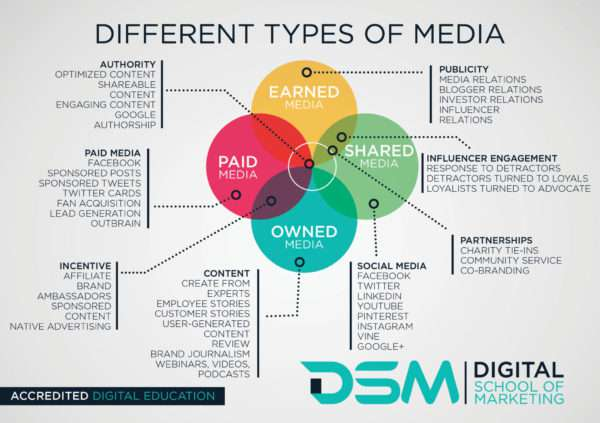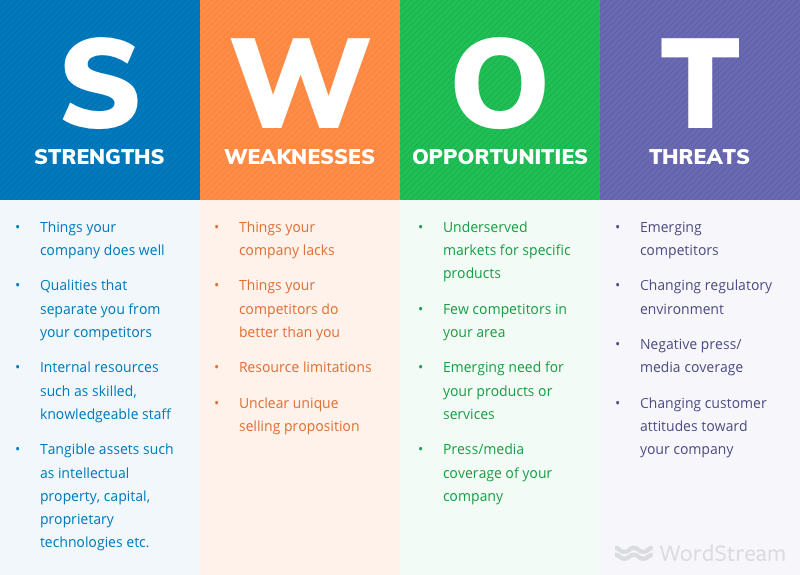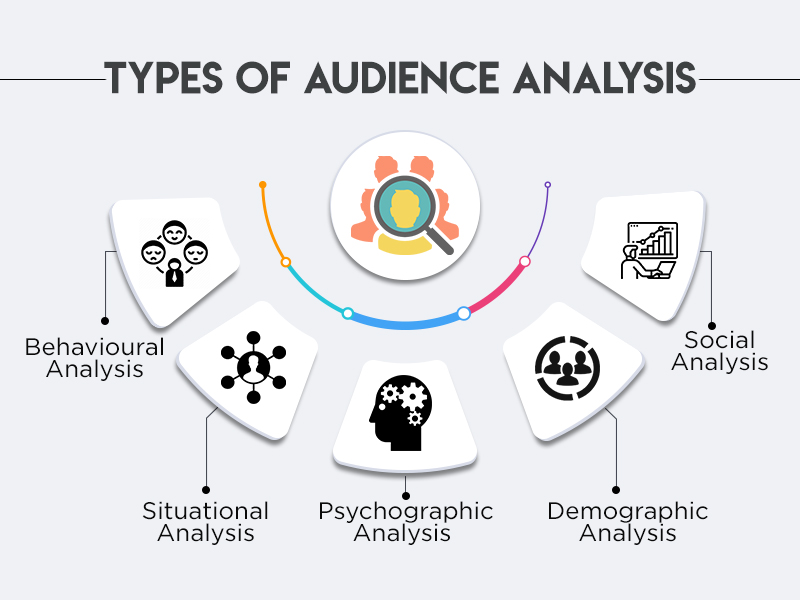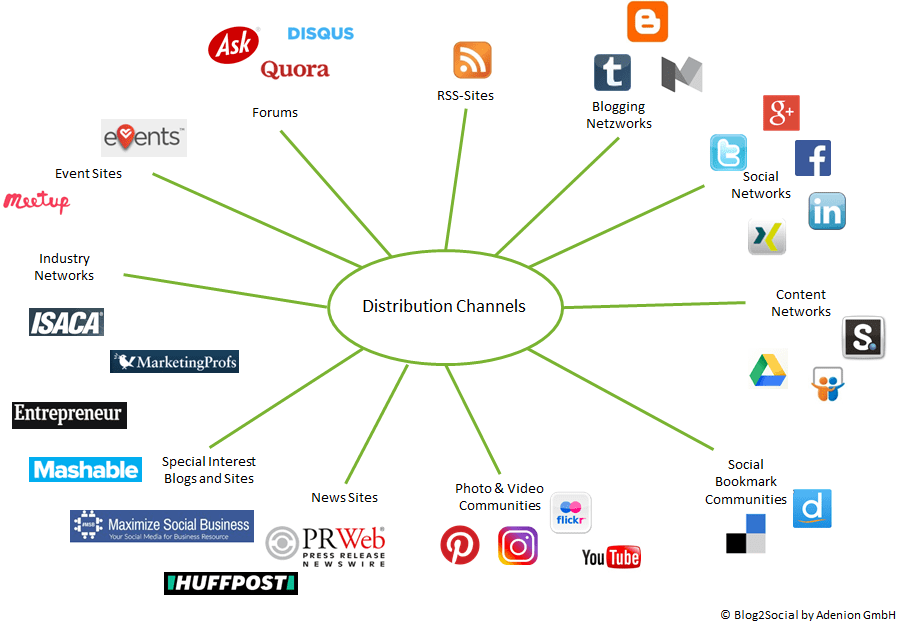The Best Content Distribution Channels for Content

Table of Contents
- Content Distribution Channels
- Things To Consider Before Choosing The Content Distribution Channel
- 7 Steps to Choosing The Right Content Distribution Channel
- The Best Distribution Channel Options For Content Marketing
- Key Takeaways
- Conclusion
- FAQs
We all are a part of a continuous cycle, or what we can also call the content loop. We produce content every day in different formats, and we consume content continuously. If you are a brand or a business and your content aims to get a return on investment (ROI) for whatever specific product or service you provide your target audience with, your content must reach your target audience in the first place.
As much as there is the increased availability of platforms for content dissemination, websites and information are oversaturated. This makes the simple process of content distribution difficult. Before delving into the best content distribution channels, let’s understand the basics of content distribution.
Content Distribution Channels
Content distribution channels are the platforms through which you promote and share your content. Examples of such platforms are Google Ads, Instagram, Pinterest, etc. These channels help you disseminate information (content) to your target audience. Broadly categorized, there are four content distribution channels.

Owned media
Owned media refers to channels controlled by a brand or a business themselves. Some examples of this are- the brand’s website, email, newsletters, Twitter account, mobile site, blog page, landing page for events, whitepaper, a weekly podcast, etc. These platforms are built for long-term relationships between the brand and its targeted audience, particularly existing potential customers.
There are several advantages of owned media channels.
- They are cost-efficient.
- The brand exercises total control over them.
- Owned media promises longevity and versatility.
- It caters to niche audiences.
The disadvantages of using owned media channels include the following:
- There are no guaranteed outcomes.
- Company communication cannot be relied upon at all times.
- Owned media takes its own sweet time to scale.
- Your content distribution is limited; only your existing audience knows about it.
Paid media
When a brand pays to leverage a channel, it is a paid media platform. Here the shift is from a foundation level channel to a catalyst media format, which simultaneously feeds the brand’s owned media channels and creates earned media.
The advantages of paid media are as follows:
- It is in demand.
- It does not require time to scale; it is already established.
- Offers immediacy
This option also has its cons, which are as follows:
- There is a clutter of paid media channels, and choosing the right one is often confusing.
- There are declining response rates.
- At times the credibility is poor.
Earned media
When third parties that exercise certain influence promote or share your content on their own, your content has ‘earned’ that distribution. Earned media is usually the result of well-coordinated owned media and well-executed paid media.
Let’s take a look at its positives.
- It is the most credible network of distribution.
- You gain exposure to new audiences.
- It plays a key role in sales.
- Seeing others organically vouch for you creates transparency.
But there are negatives as well.
- There is no quantifiable method to measure it.
- The brand has no actual control over it. Anyone can promote or share your content. The reputation of the third party could be positive or negative.
Shared media
When a brand places its content on social sites, and the users then distribute it themselves, it is known as shared media. This includes posts, tags, reshares by users on Instagram, Facebook, etc. This is by far a mighty network of distribution. But it also largely relies on your initial effort to establish that trust through your product/ service and build a rapport.
Let’s look at the pros of shared media.
- It is usually free or is at a low cost.
- It acts as a bank of user trust.
The only shortcoming of shared media is that the user feedback could be positive or negative.
Things To Consider Before Choosing The Content Distribution Channel
A wide variety of content distribution channels include many social media and mainstream media distribution channels. Hence, it becomes even more important that the content you have strived to create receives the amplification and reach it deserves. Distributing your content strategically is a crucial part of your content marketing strategy. There are a few things that you need to consider before choosing the right distribution channel:
- You have to consider your competitors. What channels of distribution are they using ? How has it yielded better results for them? These are some of the questions you should consider before choosing the channel. Your competitive research can profit you since the target audience is the same.

- You should also be aware of your company’s financial strength. It largely depends on your financial strength, what your budget for distribution will be.
- Consider your brand’s reputation. Is your brand well-established in the market? Are you looking for new prospective buyers? Are there channel intermediaries that might be willing to offer distribution, owing to your brand’s reputation?
- Before you finalize a channel for distribution, other factors like your company’s marketing policies, nature of your product or service, etc., should be kept in mind.
7 Steps to Choosing The Right Content Distribution Channel
After basic know-how of content distribution channels and what will work best for your content, in particular, you can steer towards choosing specific channels through which you would distribute your content. Here are six steps to follow while choosing the right channel for distribution.
1. Figure out your goal
Your primary concern should be what you are trying to achieve by distributing content; what is your specific goal? Do you want to boost engagement, get more traffic, or generate sales? Identify a specific goal. Discuss this goal with your team members. If you cannot start with something specific, work on polishing your goal first. The more detailed and concrete it is, the easier it will be to find a distribution channel that fits the purpose.
2. Understand your audience
To gauge the best content distribution channels, it is crucial to have a thorough understanding of your target audience. Do you know what their needs are? What do they expect from your product/ service? Your audience overall influences your content strategy. The type of content you will create, the formats you will use, the channels you will opt for, and the strategy you will plan all rest on the shoulders of your audiences’ specific demands. Here are a few things you should know while conducting an audience analysis.

- Age group your target buyers fall into
- Gender
- Geographical location
- Pain points?
- How is your product going to solve their problem?
- Goals
- Sites, media platforms, and social channels they frequent
Create buyer personas, if needed. Knowing your audience accurately and closely will bolster your content distribution strategy.
3. Make a list of all the available channels
After you have collected a thorough knowledge of your target audience, compile a list of all the suitable channels for distribution. There are four broad categories – owned, paid, shared, and earned. Under each category, there are several channels available. List all possible channels you can use or channels your audience visits frequently or those with a good influence, etc.
4. Filter this list to find out the best channels
Now you may have many options for distributing content; not all of them are suitable for your product or service, nor do they align with your goal. Keeping a maximum ROI and your goal in mind, start narrowing down the channels on this list. Think about the reach, what budget will be needed for distribution on each channel, what resources would be required to run and manage the distribution campaign, and whether or not your content is optimized for a particular platform.
5. Weigh the costs and benefits involved
Investing in media distribution channels is both consuming and expensive. Once you have shortlisted what channels of distribution you would like to go ahead with, you should assess the costs involved and the outcome of each option before you actually invest in it.
6. Create a system of measurement
Since you have your goal in place, it would be easy to determine your KPIs. Using these two as the benchmark, you can devise your measurement approach. It is important to measure how successful the selected distribution channels are.
7. Test and rank the chosen channels
Now, test the chosen channels and measure their success. Rank your distribution channels in order of preference and performance. Testing and ranking will help you identify the loopholes in your strategy.

The Best Distribution Channel Options For Content Marketing
Although there is a wide variety of social media and video distribution channels, not all of them might be suitable for content distribution. Some of the efficient options for content marketing are as follows:
- Blogs
- Email newsletters
- Step-by-step guides
- Infographics
- Video tutorials
- QA platforms like Quora and Reddit
- Social media channels like LinkedIn and Facebook
- Pay-per-click ads
- Sponsored content
- Influencer marketing

Key Takeaways
- Distribution channels are the platforms through which you promote and share your content.
- There are four categories of distribution channels: paid, shared, earned, and owned.
- To choose the appropriate channel, you must know your audience and your goal.
- When making a list of distribution channels, weigh out the costs and benefits.
- Plan a method to measure the success of the chosen channels.
- After choosing the channels and devising a measurement method, the next important step is to test the channel thoroughly.
Conclusion
While choosing the best content distribution channels is crucial, it will not drive leads or boost awareness about your brand on its own. It is also important to engage with your target buyers as much as possible.
FAQs
The process by which you share, publish, and promote your content to reach your target audience is called content marketing distribution. It is facilitated using distribution channels, which disseminate your content to the target audience.
It is the practice of distributing content to increase brand awareness, get traffic, and generate more leads for B2B companies.
Content is promoted and distributed online by third parties via press coverage, guest articles and reviews, the brand’s websites and media channels, and social media reshares by the existing buyers.
The three most commonly used distribution strategies are
1. Pull and push
2. Combination
3. Hard and soft
A channel strategy is the process of finding out the best way to expose your content to the target buyers. Sales channel strategy can be of two types – direct and indirect. A channel strategy aims to drive revenue and establish an identity for the brand.
Latest Blogs
Learn how to rank on AI search engines like ChatGPT, Perplexity, and Gemini by optimizing your content for authority, structure, and relevance. Stay ahead in AI-driven search with this strategic guide.
Explore the best healthcare SEO services for your medical practice. Improve online visibility and effectively reach more patients in need of your services.
Discover top social media agencies specializing in banking solutions, enhancing financial services and driving engagement.
Get your hands on the latest news!
Similar Posts

Content Marketing
4 mins read
11 Best B2B Content Marketing Agencies for B2B Companies in 2024

Content Marketing
5 mins read
Top ecommerce Marketing Agencies with Proven Strategies for 2024

Content Marketing
5 mins read